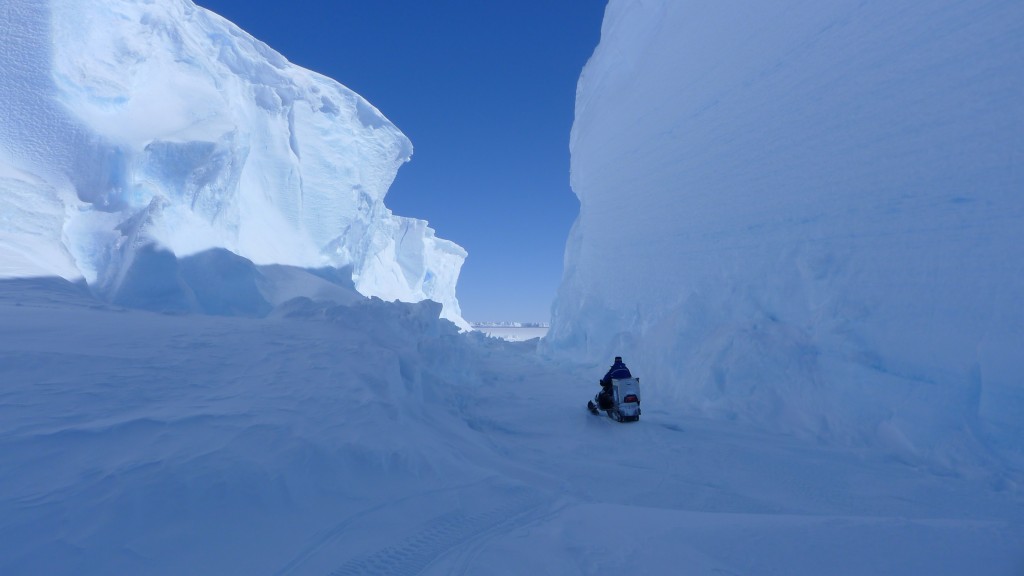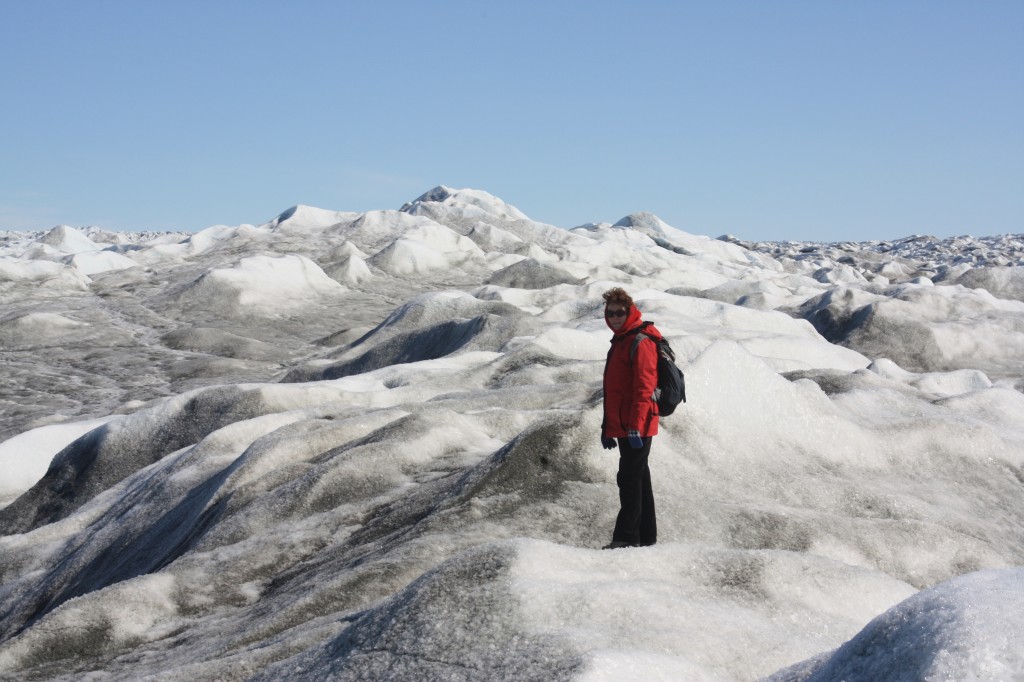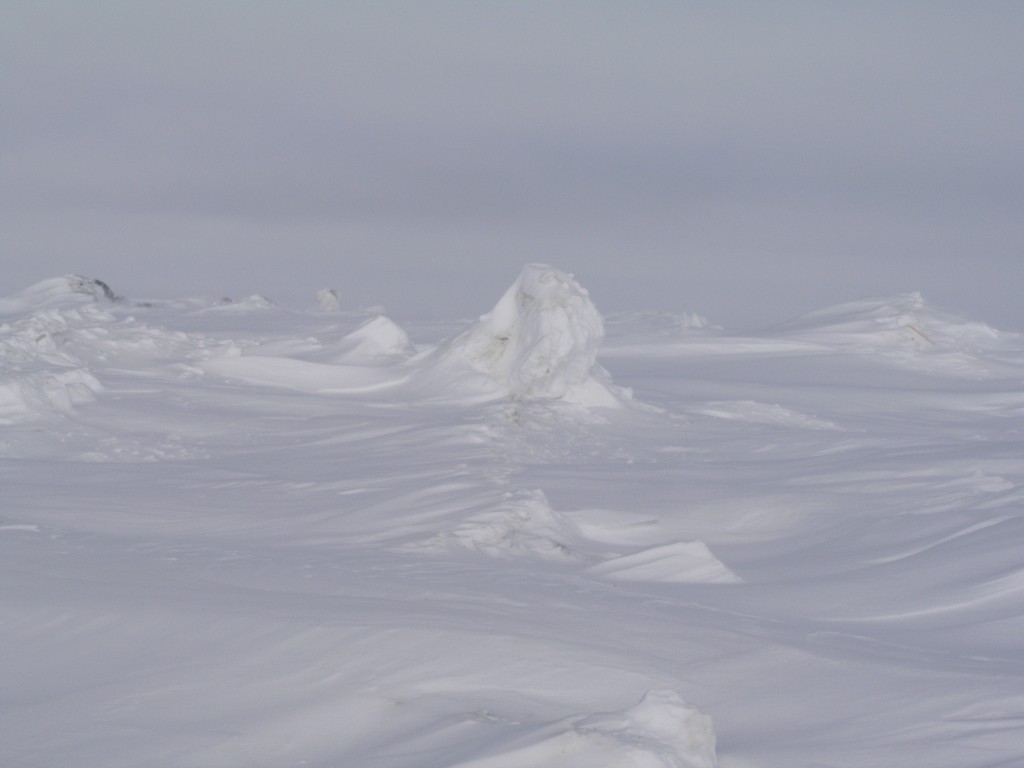Ice paradoxes from pole to pole
Returning after a longish break with little access to news and data, there are several ice and snow stories jumping out of my mailbox at me. I’ve picked out two which those of a skeptical persuasion might say disprove some key climate assumptions, but which actually, in fact, confirm some trends and predictions.
Worrying, but not unexpected, are the latest measurements of the extent of the Arctic sea ice. In February, the experts at the National Snow and Ice Data Center (NSIDC) based in Boulder, Colorado, noted a record for the lowest observed maximum sea ice extent. Although it seems the sea ice did grow at some points during March, the overall for the month was the lowest recorded since satellite measurements began in 1979. The average extent for the month was 14.39 million square km – some 1.13 million square km below the 1981-2010 long-term average. The previous March low of 14.45 million square km was recorded in 2006.
In the Arctic Journal, Kevin McGwin quotes Andy Mahoney, a geophycisist with the Sea Ice Group at the University of Alaska Fairbanks, as saying the irregular pattern, with a kind of “double dip”, with the ice decreasing, increasing, then decreasing again, is “a pretty unusual event, regardless of the reason”. Normally, the ice levels would increase to the seasonal maximum first in March, then decline.
One reason, Mahoney says, could be the wind blowing ice into the regions where ice growth was observed, according to the NDSIC the Bering Sea, Davis Strait and around Labrador.
No contradiction to climate warming theory
The NSDIC says warm conditions in the Bering Sea and the Russian Sea of Okhotsk contributed to the record low winter ice maximum.
The overall downward trajectory, however, is clear. The brief increase in March is not a sign that the sea ice is recovering. Mahoney told the Arctic Journal parts of Alaska had seen abnormally high temperatures this winter, which was in line with the overall seasonal ice observations.
“What drives the maximum extent is what happens at the margins, and they can grow and retreat due to short-term variants. The conditions in the central Arctic, far from the action, are indicative of the warm year we’ve had in Alaska,” he said. Barrow, on Alaska’s northern coast, far away from the southern margin, for example, saw a lot of broken ice this winter, according to Maloney.
WWF expressed concerned about the latest figures:
“This is not a record to be proud of. Low sea ice can create a series of reactions that further threaten the Arctic and the rest of the globe,” said Alexander Shestakov, Director, WWF Global Arctic Programme.
“This chilling news from the Arctic should be a wakeup call for all of us,” said Samantha Smith, the leader of WWF’s Global Climate and Energy Initiative. She stresses the need to cut global emissions to halt the Arctic melt.
The proportion of thick Arctic ice that lasts multiple years has dwindled over the past two decades. A recent study shows that Arctic sea ice has thinned by 65 per cent since 1975, leaving ice that is more susceptible to melting.
Writing for Alaska Dispatch News (AND), Yereth Rosen notes that the most dramatic changes in the Arctic sea ice extent have been in the melt season, not in the period of maximum winter coverage. He quotes NSIDC scientist Julienne Strove, who led a study published last year in Geophysical Research Letters which showed the open-water season is lengthening, mostly because of extended melt in summer and autumn. So is this additional winter record a sign of more melting to come? Only time will tell, but the signs are not looking good.

Warmer temperatures, more snow? Belgian International Polar Foundation shot of director and explorer Alain Hubert in the Antarctic.
A story from the opposite pole has also attracted attention. It says climate change is actually increasing the amount of snow in the Antarctic. Puzzling? Not necessarily.
More heat, more snow?
An international study headed by Germany’s Potsdam Institute for Climate Impact research (PIK) comes to the conclusion that every degree of regional warming could increase snowfall there by around five percent. The estimate is based on ice cores and climate modeling.
The information adds a new element to calculations of how much the Antarctic will contribute to global sea level rise. Some people might assume more snow would stop the Antarctic from losing mass. In fact the increasing weight of new snow and ice can make it slide towards the coast and into the ocean faster. In this connection, you might like to read some more stories on these Antarctic issues:
Thicker-ice-in-the-antarctic-good-news-for-the-climate?
Antarctic melt could raise sea levels faster
West Antarctic ice sheet collapse unstoppable
Anders Levermann, one of the new study authors, whom I have spoken to several times on the effects of climate change on the Antarctic and global sea levels, says the latest results back up earlier conclusions that the Antarctic will lose more ice than it will gain and thus have a major influence on global sea level. Levermann, from PIK, is also one of the lead authors of the sea-level chapter of the IPCC report. He stresses that the latest study just provides yet another piece of the “jigsaw puzzle” coming together on how global sea level is likely to develop in the future.
If the world leaders called on to come up with a new world climate agreement at the end of this year need any more motivation, this scientific research from both ends of the world should really give them an extra push.


















